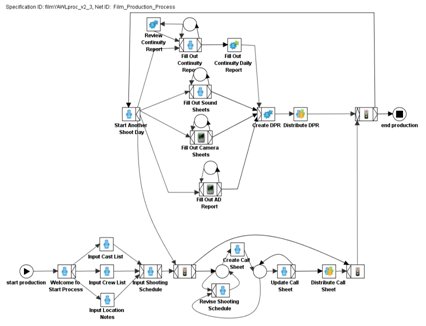
The Smart Services Co-operative Research Centre (CRC) is an Australian initiative designed to improve the service industry in Australia. The CRC partnership exists between 10 major industry players and six Australian universities. Its aim is the creation of research-enabled commercial outcomes for its partners. The current 7-year budget amounts to $120 million, with a grant of $30.8 million from the Federal Department of Innovation, Industry, Science and Research, and an investment of $38 million from the Queensland Government and its local partners (SAP, Suncorp and RACQ). The Queensland University of Technology (QUT) is the largest academic contributor.
YAWL (Yet Another Workflow Language), developed at the QUT, is one of the products that have been worked on as a part of the CRC initiative.
YAWL, “Yet Another Workflow Language”
Familiar with flow charts? Yes? That’s great, but will not help you here. Only a minority of control-flow patterns in workflow can be captured by classical flow charts. Nonetheless, they may be the first things you think of when confronted with a 2D YAWL control flow model – keep in mind that YAWL models are far more complex and sophisticated.
In the late 1990s, there were many workflow management systems around, each supporting a variety of languages. Created for the most part in isolation across industries, they used different concepts, different evaluation strategies, and different syntactic restrictions. It was difficult to compare one system to another – no single system could be used to encompass the full range of workflow possibilities.
The Workflow Patterns Initiative is a joint effort of Eindhoven University of Technology (led by Professor Wil van der Aalst) and QUT(led by Professor Arthur ter Hofstede). It was begun in about 1999. The control-flow perspective is one of several perspectives that can be distinguished in process-aware information systems – it captures aspects such as parallelism, choice and synchronisation. Originally 20 patterns were proposed for this perspective, however the latest iteration contains over 40 patterns. The patterns are language-independent, allowing an objective comparison between approaches to workflow management systems.
YAWL grew out of the Workflow Patterns Initiative.
YAWL’s original purpose was to act as a reference language. YAWL is a concise and precisely defined language that comprehensively supports many of the control-flow patterns.
“YAWL, like any other workflow management system, glues together people and applications in order to support processes as they may occur in businesses. It can offer work to the right people at the right time. Here it is important to understand the main perspectives one can have on a workflow:
1) control-flow perspective: what are the tasks involved and what is their order
2) data perspective: what information is involved and to what workflow components is this information visible
3) resource perspective: how is work distributed to the various participants (e.g. is it done on a pull-based or a push-based basis) and on what basis (e.g. a certain task may only be offered to those that play a certain role).
Workflow management has applications in many different domains.” – Professor Arthur ter Hofstede
YAWL Applications
YAWL4Film is currently being used with success in the Australian Film industry. Other YAWL applications are available for Business Process Management, the healthcare sector, and for product recall.
Dr Ross Brown and his team at QUT have been using YAWL to specify quests within online games – a game specific form of workflow – for some years now.
The YAWL – Second Life connection
“Once I had realised that you could link YAWL to a 3D environment for game control purposes, it became obvious that other areas could benefit if we used a more general environment such as Second Life. So, this year we utilised Second Life’s service invocation interfaces to allow it to talk to YAWL via a custom service – YAWL has an SOA architecture amenable to the creation of custom services interfaces. You can see some details about this project on my blog at http://bpmve.blogspot.com/2008/07/yawl-and-second-life-linked.html. In the example we have the workflow tool controlling an avatar, animating a workflow describing the processes involved in film production. The thing to note is that the avatar is controlled from outside of SL, it is not scripted within SL at all.” – Dr Ross Brown
YAWL comes with a visual editing tool with which to create workflows. Educational scenarios can effectively be created this way. The CRC project involves the creation of more such tools to allow educators to easily create lesson plans within digital environments like Second Life.
“We can also use YAWL to create virtual, training environments for industries such as health, mining or fire fighting where the actual danger is removed but people can train in a realistic environment.” – Dr Ross Brown
Via QUT News.
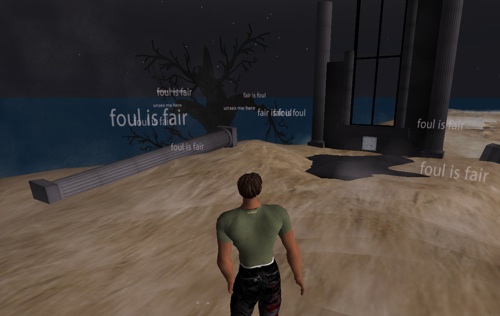
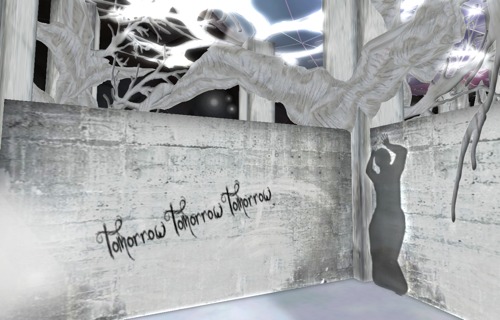
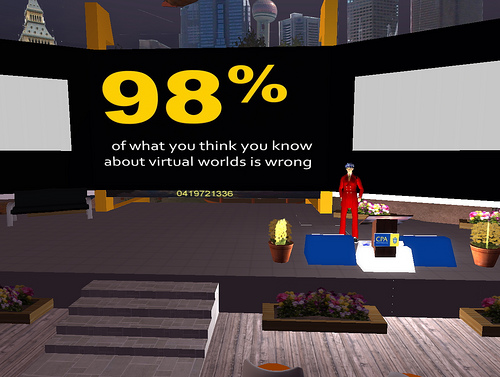
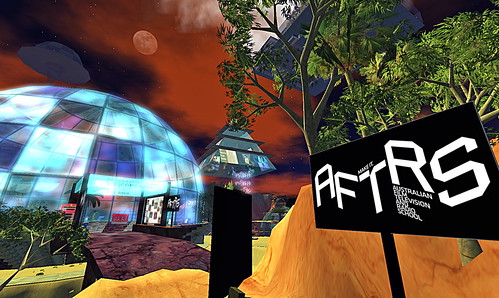


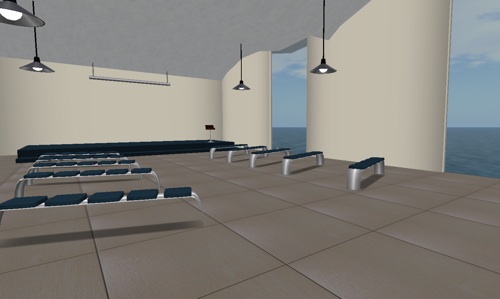

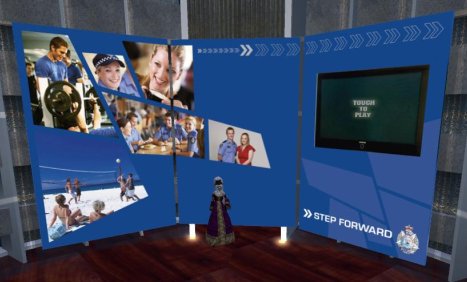
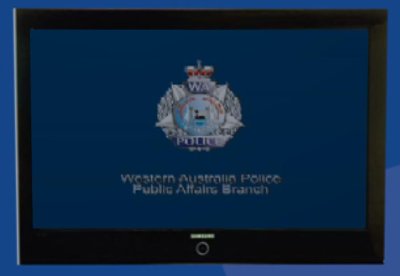
Recent Comments